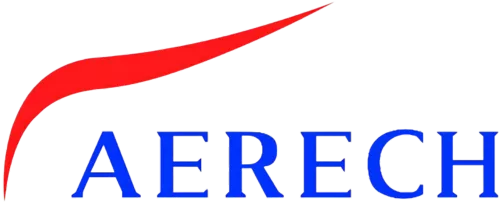Navigating Challenges and Gains: 400G Optical Module Solutions for Resilient Metro Networks
As the digital landscape continues its relentless evolution, the demand for faster and more efficient data transmission within metropolitan area networks is on the rise. Upgrading existing networks to transmit at 400G introduces a unique set of challenges that require strategic solutions. Let’s delve into these challenges and explore the key benefits of 400G optical module solutions designed to fortify metro networks.
Challenges
1. Complex Environmental Climate: Metropolitan networks often operate in challenging environments. Sites A and B, located in marginal areas, contend with specific environmental issues such as air pollution. Overcoming these complexities is vital to maintaining consistent network performance.
2. Transmission Margin Requirements: The fiber optic cables laid during the 100G era may have aged, leading to potential link loss. Ensuring sufficient transmission margins is crucial to safeguard data integrity and reduce signal degradation.
3. Compatibility Requirements: Deploying high-speed equipment in disparate machine rooms (A and B) introduces compatibility challenges. Ensuring seamless integration of products is essential to ensure optimal network functionality.
Key Benefits
1. Strong Environmental Adaptability: Addressing the challenges of adverse environmental conditions, 400G optical modules are fortified with hermetic packaging. This design choice enables them to withstand the impact of prolonged air pollution, allowing for stable and consistent operation even in challenging environments.
2. High Transmission Margin: Featuring an innovative 8-channel design, 400G optical modules excel at compensating for potential cable link loss prevalent in aging 100G networks. This advancement enables smooth and efficient upgrades from 100G to 400G, ensuring network continuity and performance.
3. Compatibility Assurance: 400G optical module solutions offer seamless compatibility with diverse high-speed equipment brands, including industry giants like Nokia and Juniper. Beyond compatibility, these solutions facilitate reconfiguration and reuse through the FS BOX platform, enhancing cost-effectiveness and adaptability.
400G Point-to-Point Transmission
In conclusion, the transition to 400G optical module solutions for metropolitan area networks presents both challenges and remarkable benefits. By addressing environmental intricacies, transmission margin demands, and compatibility considerations, these solutions empower networks to excel in the era of high-speed data transmission. The robust environmental adaptability, heightened transmission margins, and compatibility assurance offered by 400G optical modules redefine the possibilities for seamless and efficient network evolution.




